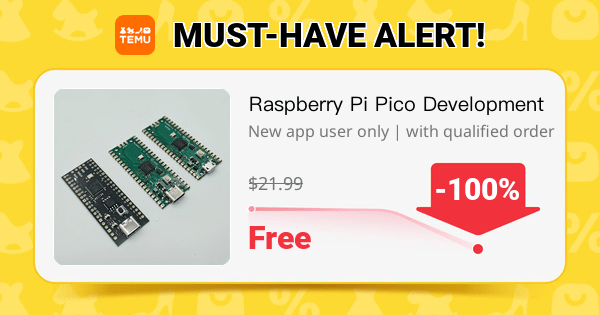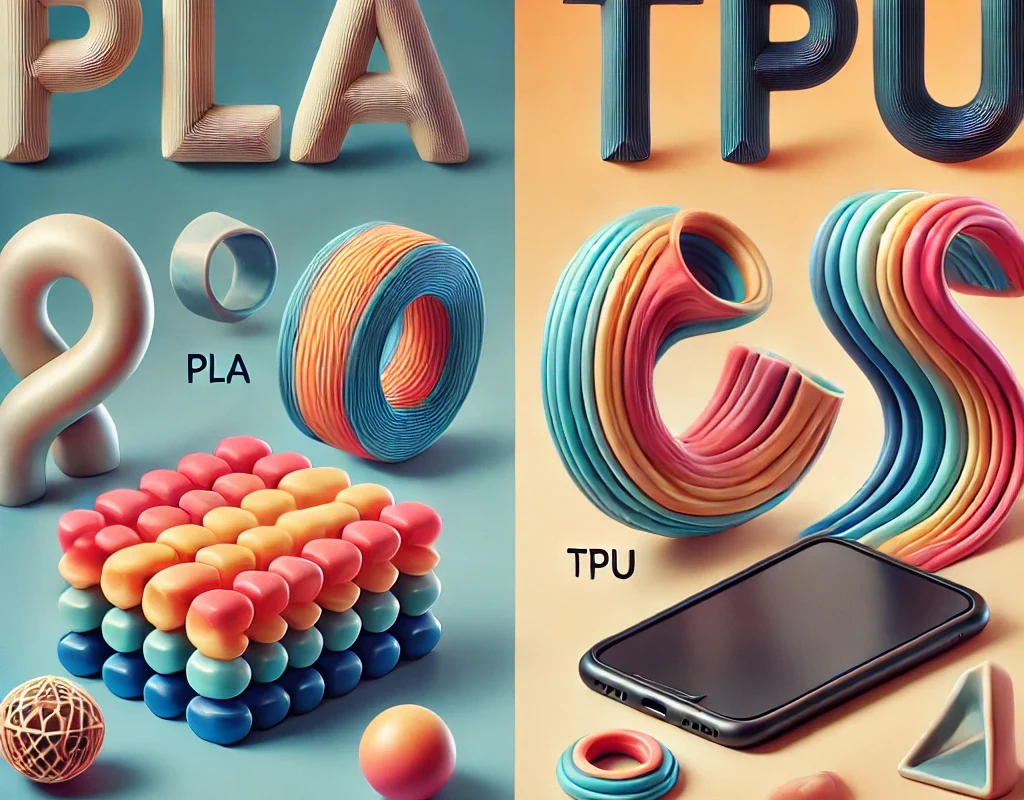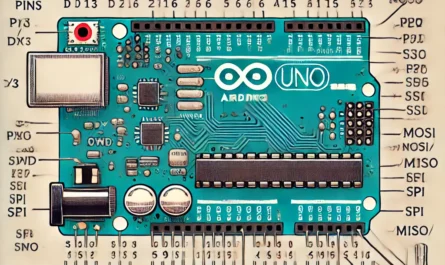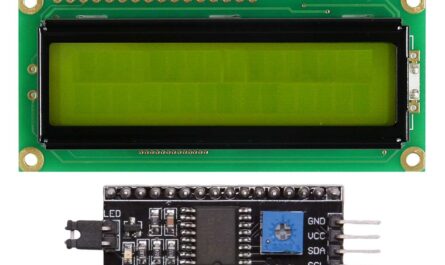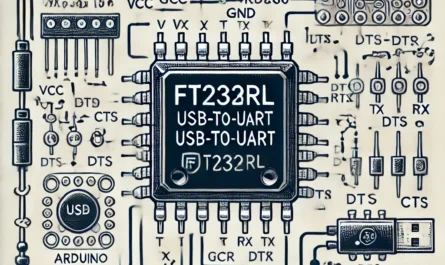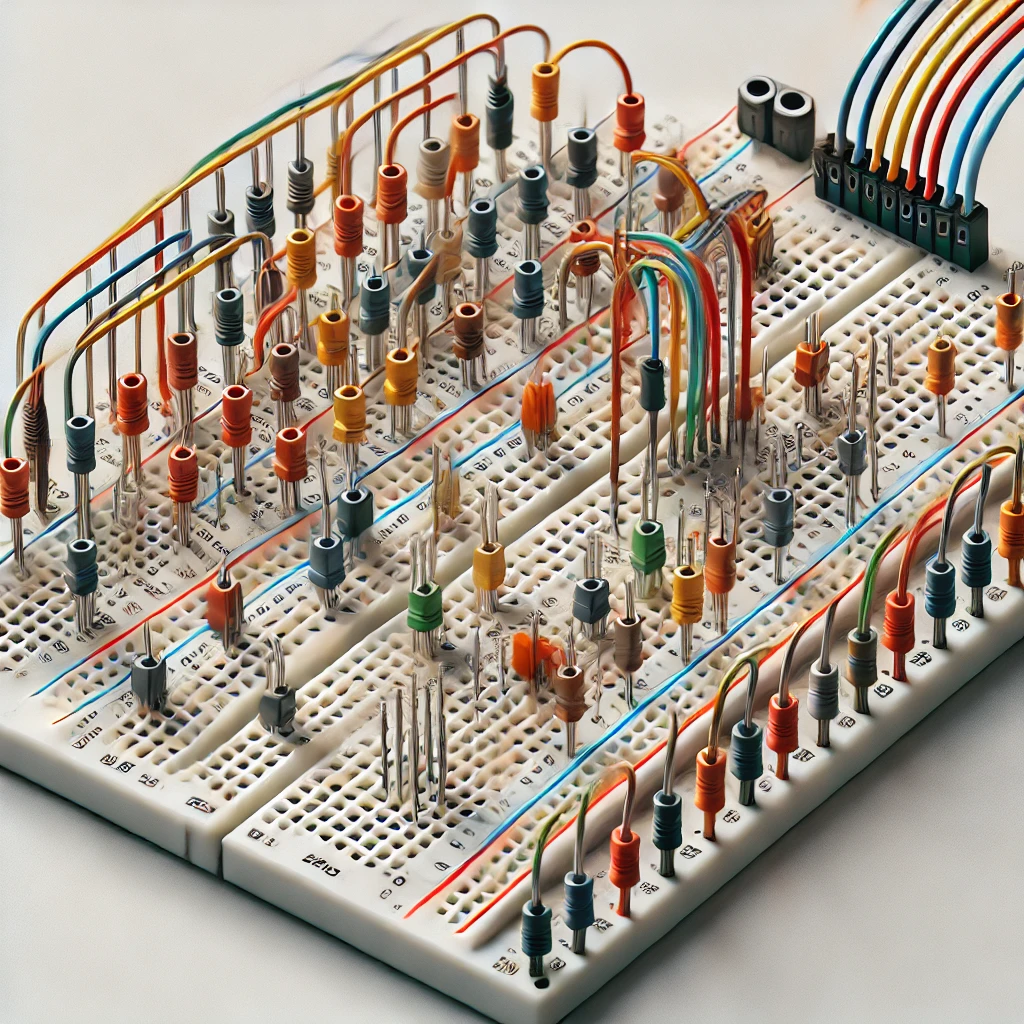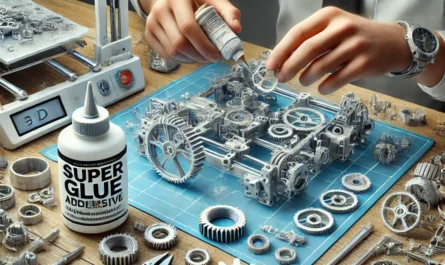Here’s the scoop on these two superstar materials! 🎯🔧
🧊 1. PLA (Polylactic Acid)
PLA is the most popular, beginner-friendly 3D printing material!
🎯 Why PLA Rocks for Robots:
- ✅ Easy to Print: Minimal warping, stable layers, great accuracy.
- ✅ Rigid & Strong: Excellent stiffness, ideal for robot frames, supports, and chassis.
- ✅ Low Cost: Highly affordable and widely available.
- ✅ Detail-Oriented: Great for precise mechanical parts and detailed components.
📌 Best Robot Applications for PLA:
- Rigid frames and chassis
- Motor mounts & brackets
- Servo holders and gears
- Non-flexible structural components
⚠️ Limitations of PLA:
- Brittle under heavy stress or impacts.
- Limited flexibility and lower durability under high torque or repeated stress.
🛞 2. TPU (Thermoplastic Polyurethane)
TPU is a flexible filament that opens up amazing possibilities for dynamic robot parts!
🎯 Why TPU Shines for Robots:
- ✅ Excellent Flexibility & Durability: Absorbs shocks, vibrations, and impacts!
- ✅ Fantastic Grip & Traction: Perfect for wheels, tracks, grippers, and bumpers.
- ✅ High Impact Resistance: Handles drops and collisions gracefully!
- ✅ Chemical & Wear Resistant: Lasts longer under friction and rough usage.
📌 Best Robot Applications for TPU:
- Flexible wheels and tracks 🛞✨
- Robot grippers and fingers for gentle grasping 🤖👌
- Protective bumpers and padding to cushion impacts ⚡
- Flexible joints or soft robotic parts (e.g., footpads, hinges)
⚠️ Limitations of TPU:
- More challenging to print (flexible nature may cause filament jams or uneven layers without proper setup).
- Generally requires slower printing speeds and special extruder setups.
🥊✨ Head-to-Head: PLA vs TPU Comparison
| Feature | PLA 🌟 | TPU 🛞 |
|---|---|---|
| Ease of Printing | ✅ Easy | ⚠️ Moderate (slower, special setup) |
| Flexibility | ❌ Low | ✅ Very High |
| Durability | ⚠️ Moderate (brittle) | ✅ Excellent (impact-resistant) |
| Rigidity | ✅ High | ⚠️ Low (very flexible) |
| Price | ✅ Affordable | ⚠️ Slightly Higher |
| Robot Uses | Structural components, precise parts | Wheels, bumpers, flexible parts |
🚀 Best Strategy for DIY Robots: Use Both!
Combining PLA and TPU gives you the best of both worlds! 🌟🤖🖨️
🎉 Ideal Hybrid Robot Example:
- PLA chassis & rigid body frame (strength, rigidity, precision)
- TPU wheels and grippers (excellent grip, flexibility, durability)
- PLA mechanical parts (servo brackets, motor mounts)
- TPU bumpers and footpads (shock-absorbing, protecting delicate components)
This combination makes your DIY robot super robust, versatile, and capable of tackling any challenge! 🚀✨🛞
🥳 Conclusion:
- 🎯 PLA is your go-to for rigidity, precision, affordability, and easy printing.
- 🛞 TPU shines in dynamic, flexible, high-impact robot components, offering unmatched durability and grip.
Mix both materials smartly to build EPIC DIY robots! 🎉🚀✨
